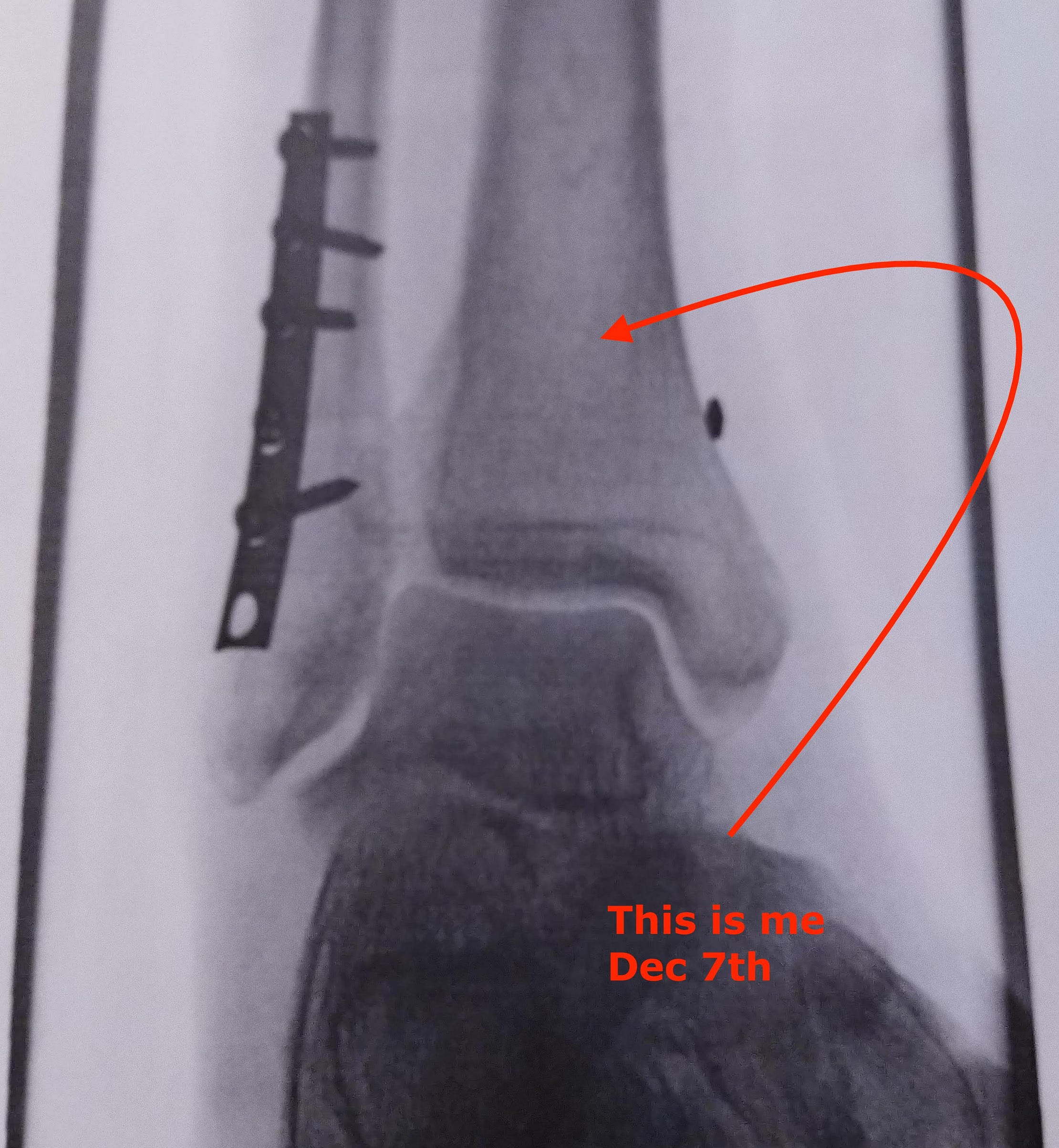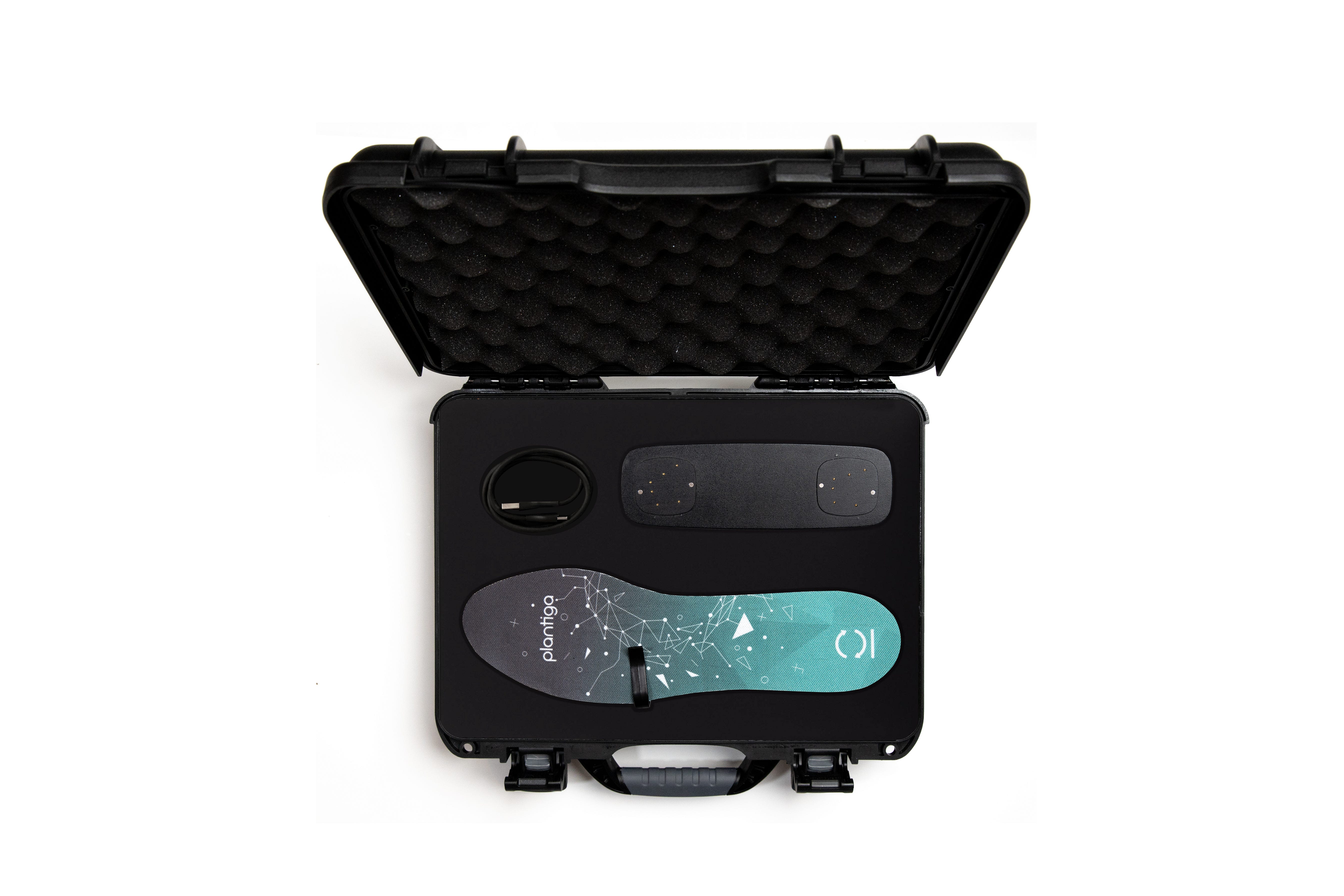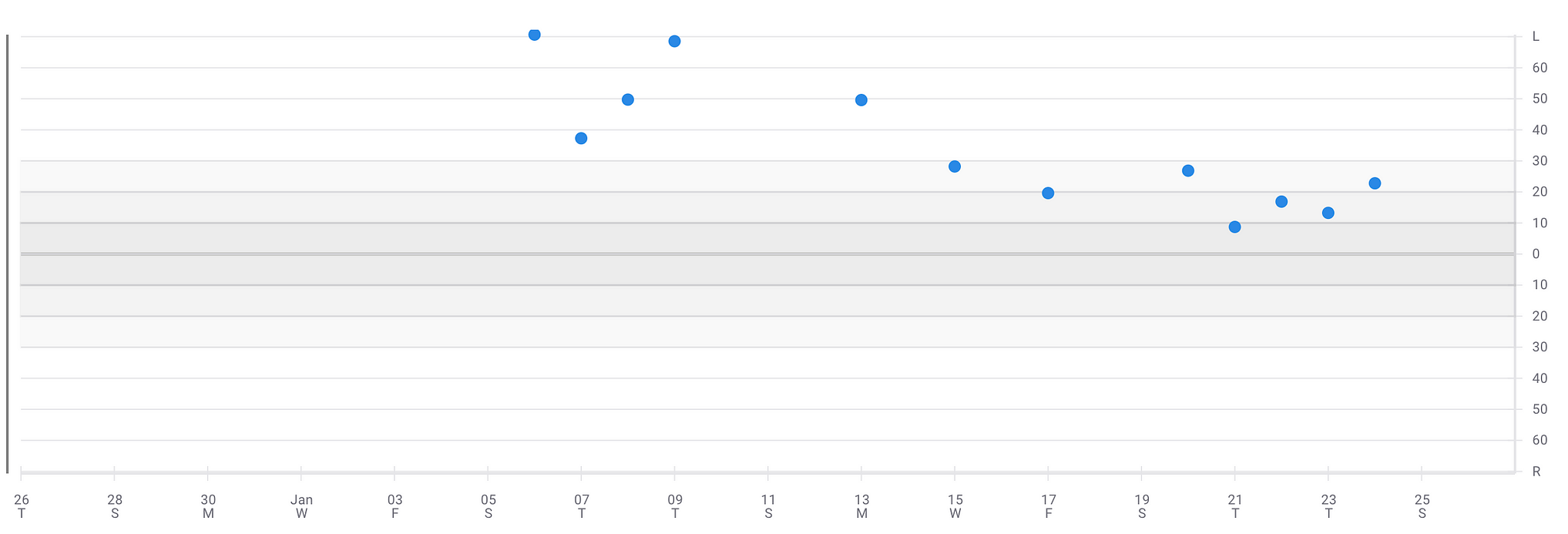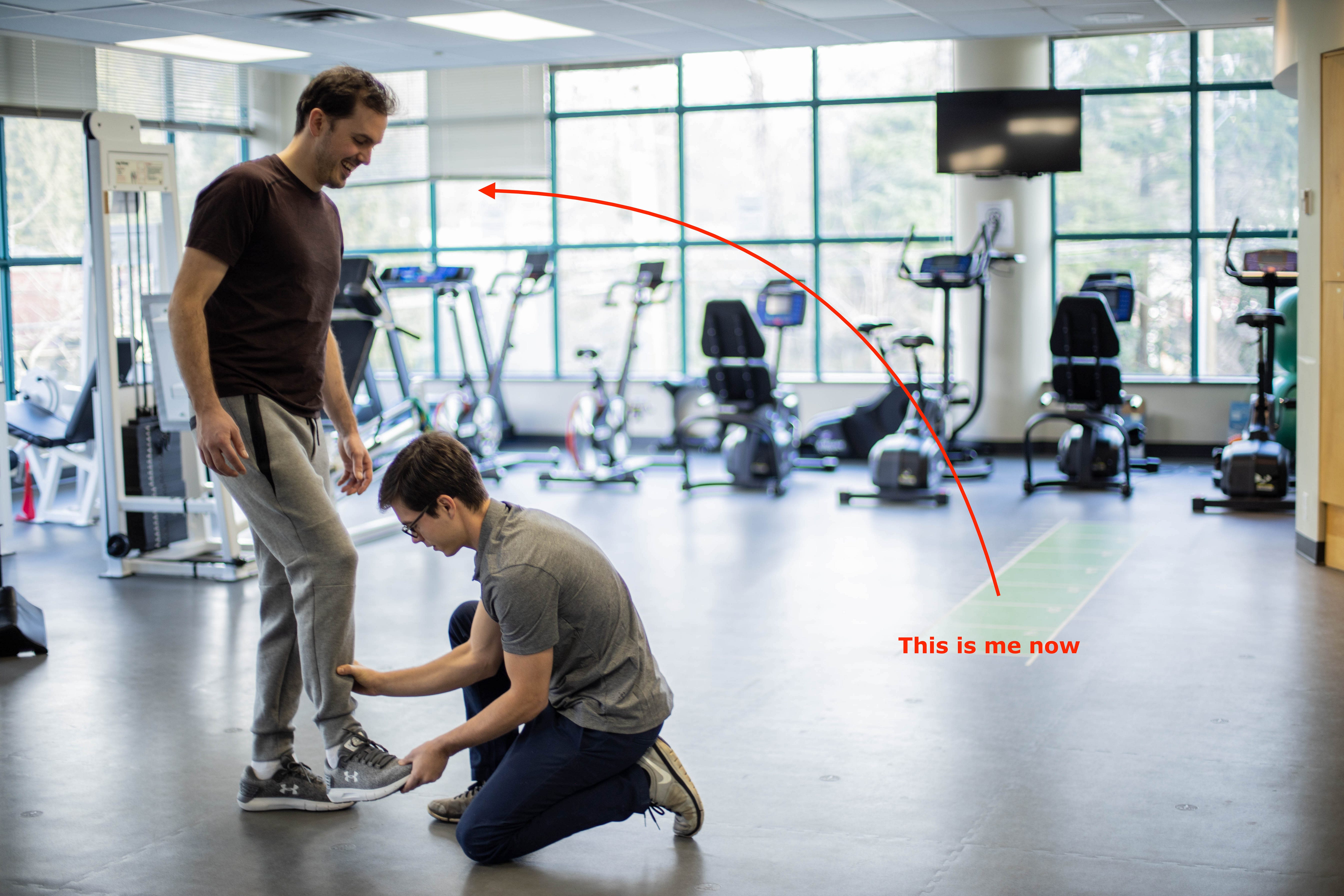Data-Driven Recovery
Getting Personal with the Plantiga System
Hello all! The photo above was taken November 9, 2019 by my wife on the way to Victoria General Hospital after I suffered a syndesmotic ankle fracture (not only did I break my ankle, I also tore a ligament). I slipped on a wet dock while taking a walk.


My right foot
I spent the next 8 weeks non-weight bearing in a cast. Monday, January 6 was the first day I took a step on my right foot.
I have the great fortune to be working at a recovery, health, and performance company. I am surrounded by experts in musculoskeletal injuries. I essentially have a team of twenty, including healthcare professionals and biomedical engineers, helping me manage my injury.
As I started researching my injury in preparation for my rehabilitation, I found a huge gap between what I have learned from my team and from what I have learned from my doctor. I also experienced firsthand the limits of what my doctor and my physiotherapist could tell me.
At Plantiga, we are building a product to bridge this gap. Our sensor insole provides insights and recommendations to aid in rehabilitation, performance, and well being.
Since my first step on Monday, January 6, on every day that I’m able, I’ve been performing 2 minute walking tests at 4 pm. I am still early on in my recovery so I need to make sure I am walking in a safe space with no obstacles. Every day I can feel myself either progressing or regressing. With Plantiga, I can objectively track this with our sensor insole.

My Data
Out of many measures available on our platform, I’d like to focus on three — walking speed, intensity and asymmetry — and describe how they are helping me maximize my recovery.
My Walking Speed
Walking speed is a simple metric that is easy to understand. In my last test, I clocked in at whopping 0.82 m/s (1.8 mph). This puts me in just under the 10th percentile in our growing database of 11,000 datasets covering over 600 people. My pre-injury baseline walking speed was around 1.25 m/s (2.8 mph).

My Intensity
Our g-force intensity measures how much g-force both my feet experience each minute on average. At the beginning of my recovery, even with my healthy leg, I was taking smaller, softer steps to avoid exacerbating my injury.

My Asymmetry
Our g-force asymmetry measures how much g-force my feet experience relative to each other. My first walk recorded me at 70% asymmetry; that is, my healthy left leg was producing 3.5x more g-force than my injured right foot. This put me well in the 99th percentile for highest asymmetry we have recorded. A healthy person’s asymmetry is typically below 12%.

What I’ve learned
In the process of recovering, I have learned quite a few things, but for now I want to talk about tissue tolerance. Having a ligament injury on top of a broken ankle presents some unique challenges. In a soft tissue recovery like mine, there is a limit on how much mechanical load I can put on my foot each day, including my physiotherapy exercises, walking to and from the car, getting up to go to the bathroom, etc. If I exceed that load my ankle will become aggravated and I will need to rest it for a day or more before I can resume my recovery exercises again.
My instinct is to push myself as hard as I can. However, to heal my soft tissue injury, I need to pace myself. My optimal recovery is to stay just 10% below my tissue tolerance before my ankle will swell and get angry at me.
My goals
Let’s revisit the asymmetry plot with the tissue tolerance in mind. Even as I attempt to get my asymmetries down to close to 0, you can see four events where my asymmetries increase. Each of these correspond with a previous day that I put too much mechanical load on my foot:

My second day walking, I did not know what I was getting myself into. I felt great that day, but the following days I did not give my foot enough rest and you can see the results.
I decided to go to the pool for the first time on the Saturday. after swimming only a few laps I went home happy. By 3am that night, my ankle was not happy.
After recovering from the pool on Monday, I went to my physiotherapy appointment which aggravated my ankle.
After the week I was having, I should have taken a day off work. It was a busy day and I was walking around the office far too much.
Over this last weekend I made sure to do my range of motion exercises but also get enough time off my foot. My latest asymmetry is an all time low.
I want to get this rehab done with and recover to a better state than where I started. My first goal is to safely get my walking speed back up to my pre-injury baseline while keeping my asymmetry lower than 5%. I’m going to continue monitoring data from my walk tests to make sure I’m on the right track. I’m looking forward to the day I can walk more than two minutes outside my cast.

Guest Author - Sean Ross-Ross
